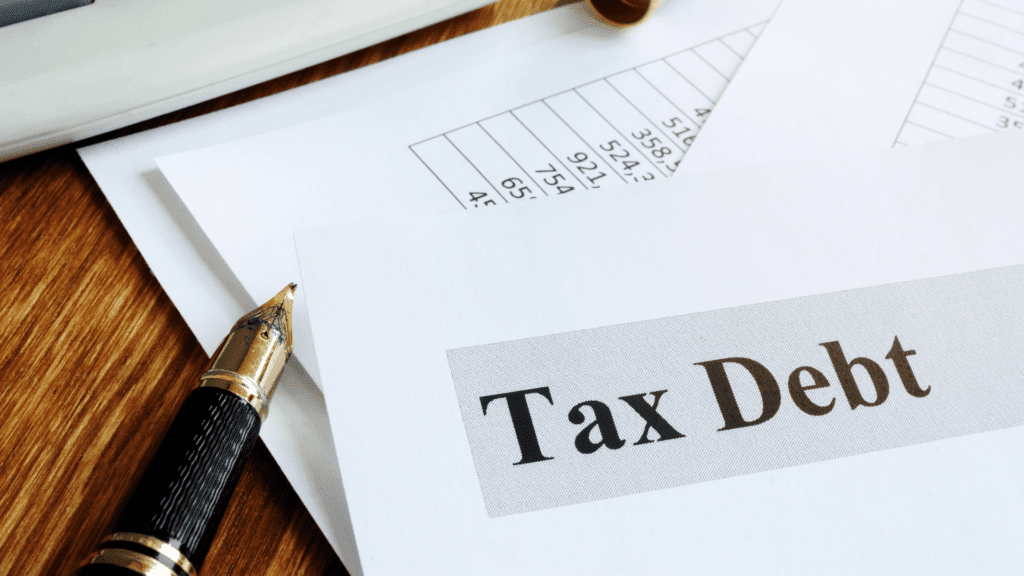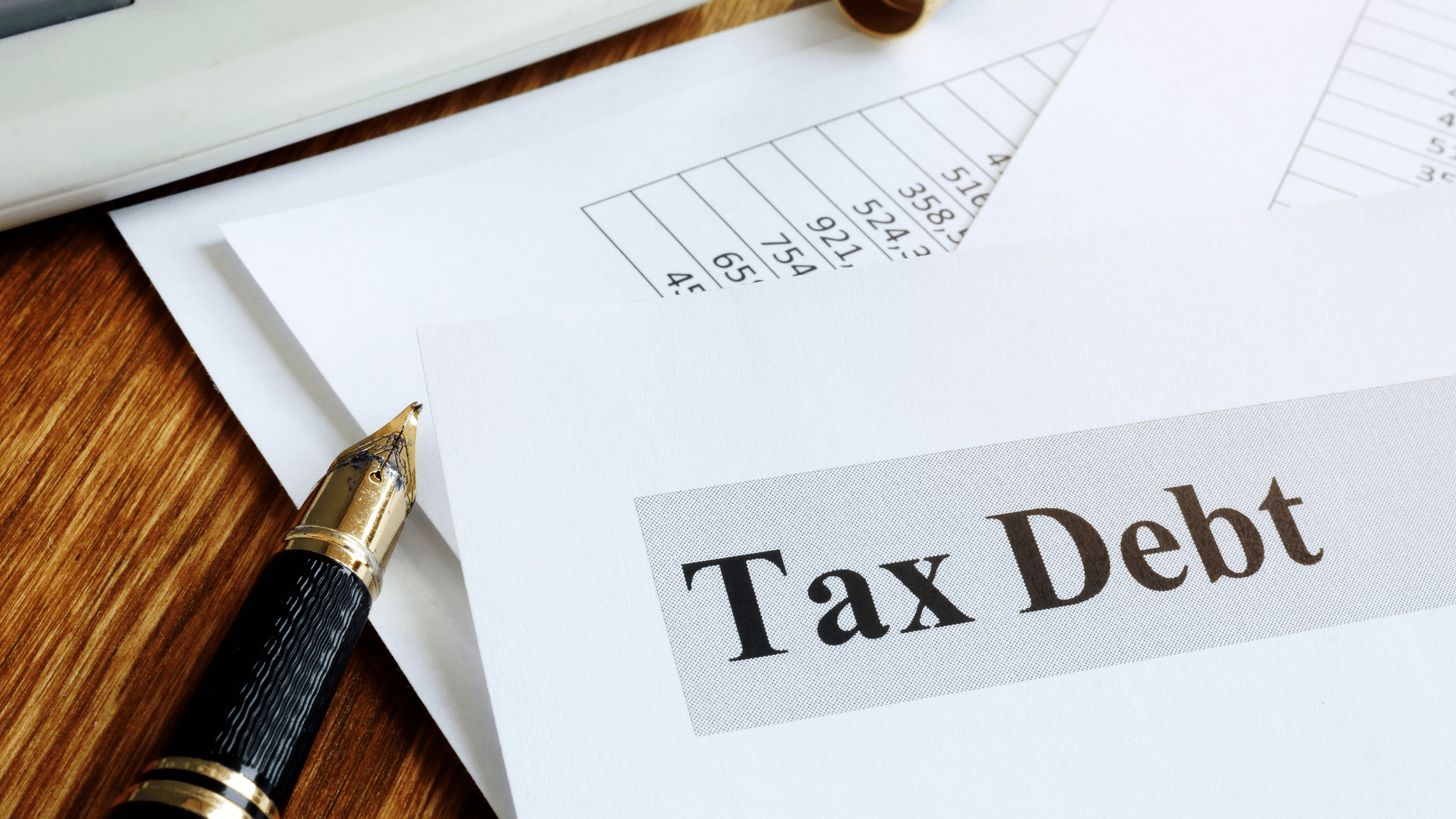The Australian Tax Office Debt Dilemma
Introduction
In late 2023, thousands of Australians were notified about outstanding historical tax debts they never knew existed. This revelation has significant implications for individuals and businesses, particularly small and medium enterprises (SMEs).

Historical Tax Debt and ATO’s Response
In circumstances when a taxpayer is in serious hardship and unable to pay the ATO, the ATO can temporarily decide to not pursue a debt and place it “on hold”. However, the ATO does not extinguish these debts and can re-raise them on the taxpayer’s account in the future. They can also offset these debts against any refunds the taxpayer may be entitled to.
In 2023, the Australian National Audit Office informed the ATO that excluding debt from offsets was against the law. Consequently, the ATO’s collectable debt increased by 89% over four years to June 30, 2023.
ATO responded to this by contacting taxpayers and agents advising that their debts ranging from a few cents to thousands were “on hold” and “inactive” which could be offset against future refunds.
ATO’s recent statement mentioned, “The ATO has paused all action in relation to debts placed on hold prior to 2017 whilst we review and develop a pragmatic and sensible way forward that takes into account concerns raised by the community.”
Aussie SMEs suffer as tax debt hikes
Small businesses owe two-thirds of the $50 billion in collectible debt to the ATO. For entities with debt above $100,000 and has not entered into debt repayment terms, credit reporting agencies will take over from ATO for debt collection purposes.
Your business must contact and engage with the ATO if it owes historical debt.
Conclusion
The Australian Tax Office debt dilemma presents significant challenges for SMEs and taxpayers. Understanding the implications and managing historical debts proactively can help mitigate potential financial burdens. Stay informed and engage with the ATO to ensure compliance and financial health.





